Rice Candy Galore: Yokoi Shoten from Ishikawa

Thalia Harris
Posted on October 25, 2024
Share:
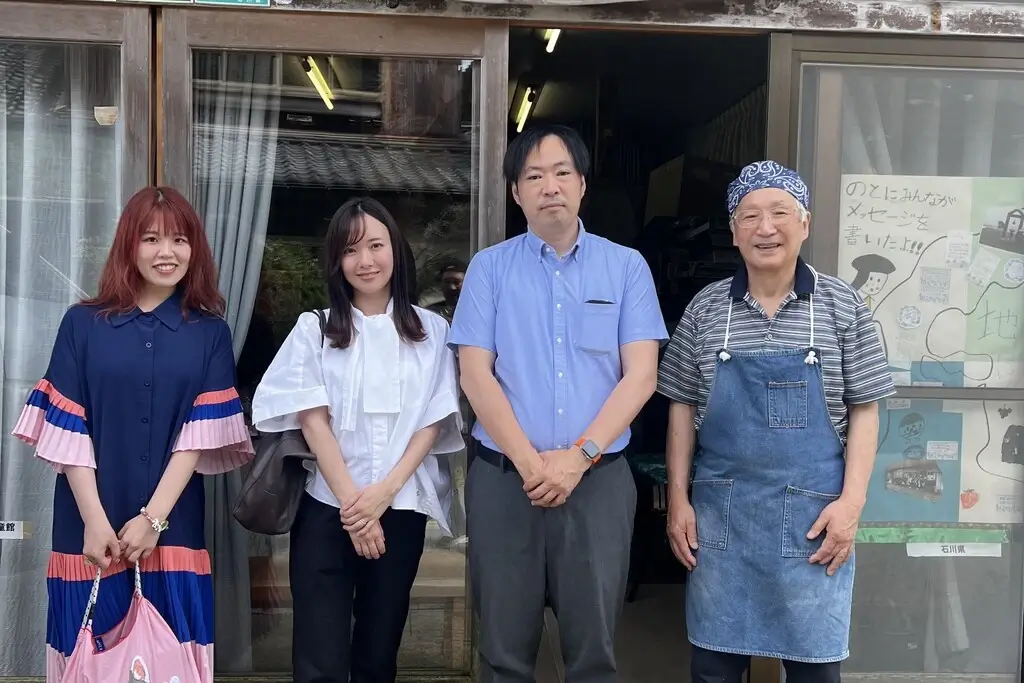
For over 500 years, Yokoi Shoten in Ishikawa Prefecture has made rice candy using simple ingredients while following methods passed down through generations. Let’s learn about rice candy and how Yokoi Shoten’s version of this wagashi is a staple in the region.
What is rice candy?
Rice candy, especially in Japan, is a special treat made from brown rice malt syrup. This syrup comes from whole brown rice and barley sprouts, mixed and fermented to create a sweet and rich flavor. Making this syrup takes time, as it slowly breaks down the grains, resulting in a delicious and nutritious product.
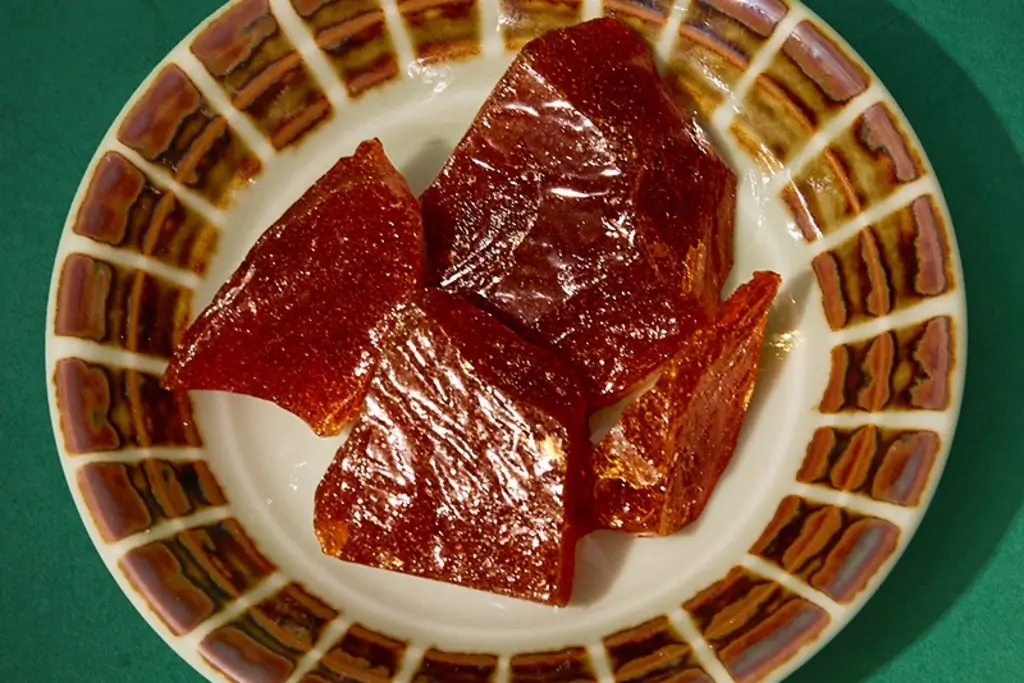
One of the great things about rice candy is that it uses a natural sweetener. Unlike regular sugar, brown rice malt syrup provides energy in a more balanced way. It contains complex carbohydrates that digest slowly. This gives you a steady energy boost without the quick highs and lows of eating refined sugars.
In addition to being tasty, rice candy has some nutritional benefits, making it healthier than regular sweets. People can enjoy rice candy or use it in different desserts. It has been a part of Japanese cuisine for centuries and is often found in traditional sweets like kome-ame, which means “rice syrup.” This syrup acts as both a sweetener and a candy.
What is Yokoi Shoten?
Yokoi Shoten is a cherished confectionery shop in Matsunami, Noto, Ishikawa Prefecture. This family-run business occupies a special place in the region’s culinary heritage. It is the last remaining shop that upholds a remarkable 500-year-old tradition of crafting handmade rice candy.
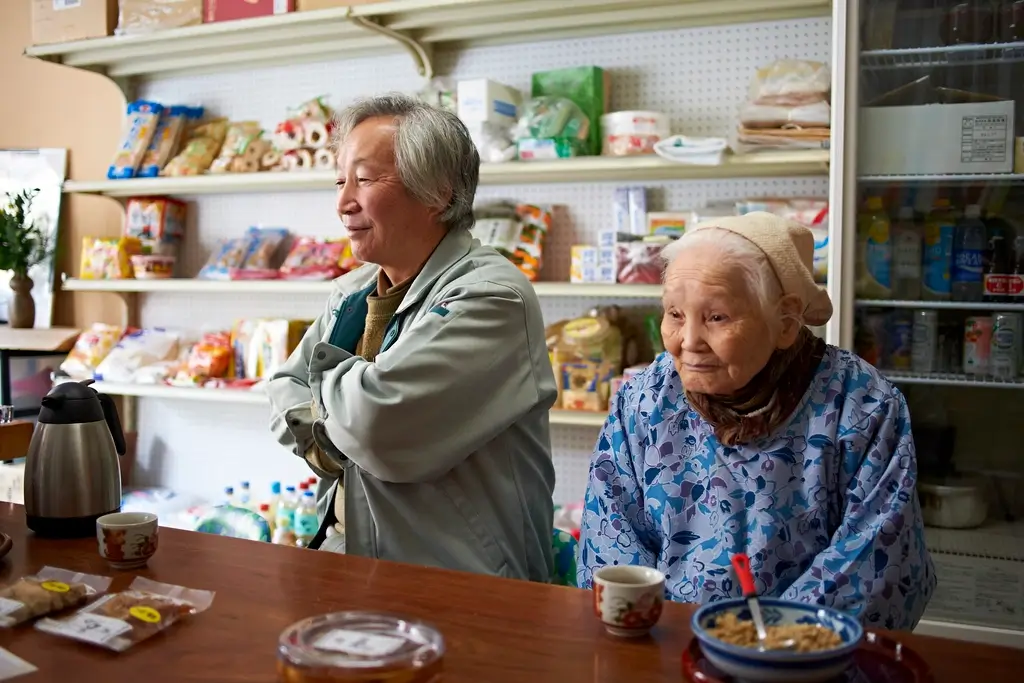
Yuki Yokoi and his father, Chiyokichi Yokoi, operate the shop and dedicate themselves to preserving the ancient art of making rice candy. Their efforts ensure that this time-honored craft thrives in modern times. Yokoi Shoten specializes in producing two types of traditional rice candy: Jiroame, a soft, jelly-like confection, and Kataame, a chilled and hardened candy.
How do they make rice candy?
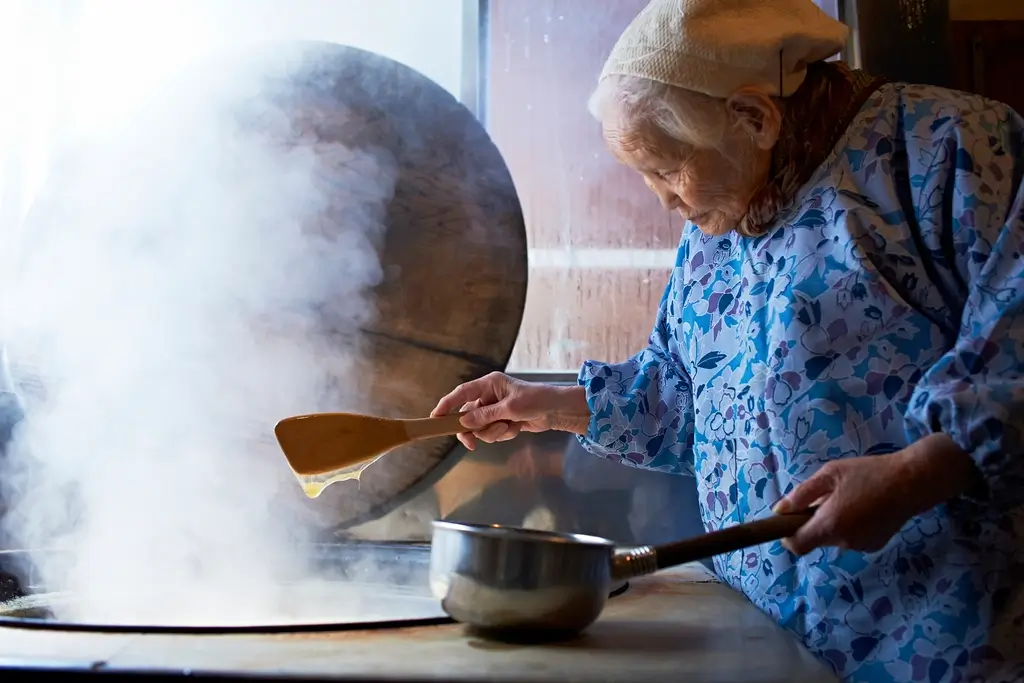
These sweets are made using a simple yet meticulous process that has remained unchanged for centuries. The production method involves steaming rice and mixing it with ground barley. The mixture ferments overnight, and then the liquid is extracted using hemp bags, which are then boiled for five hours. This labor-intensive process results in a unique treat that has become popular among tourists and residents.
Are you interested in trying these great snacks from Yokoi Shoten? You can pick up Sakuraco’s upcoming box, “The Heart of Ishikawa”! Sakuraco also delivers traditional Japanese snacks, teas, and sweets from local Japanese makers directly to your door so you can enjoy the latest treats directly from Japan!
How are they recovering from the Noto earthquake?
The Noto Peninsula earthquake severely affected Yokoi Shoten, nearly destroying the core of their centuries-old candy-making tradition. The disaster struck at the heart of their operation, threatening to end the tradition passed down through generations.
The earthquake’s destructive force cracked the stone foundation of their prized 120-year-old iron kettle, which is crucial for their unique candy-making process. The damage jeopardized the delicate art of crafting their renowned rice candy and put a cultural treasure at risk.
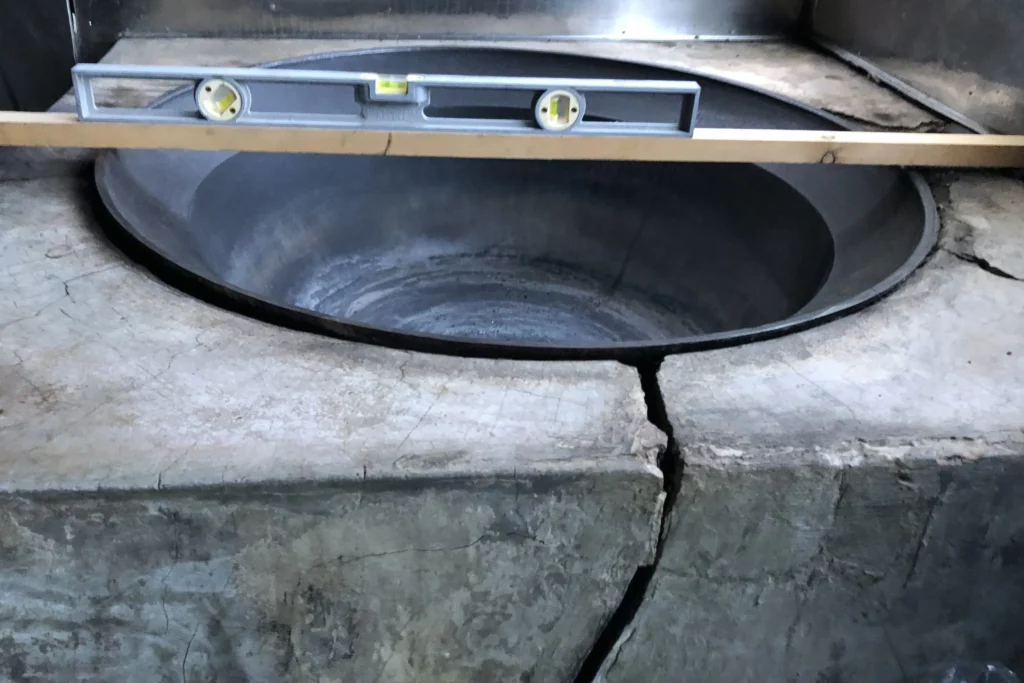
However, the Yokoi family’s resilience shone through in adversity. Refusing to let their story end with this setback, they immediately rebuilt their cherished business. Through sheer determination and some temporary repairs, they resumed production in a remarkably short time – just two months after the earthquake.
The road to recovery hasn’t been without its challenges. The family has had to adapt to new conditions, especially when adjusting to the fire’s heat. This adjustment is crucial for achieving the perfect consistency in their candy. This process of fine-tuning has been gradual, but their perseverance has paid off. Step by step, Yokoi Shoten has restored the beloved taste of their traditional rice candy, much to the delight of their loyal customers and supporters.
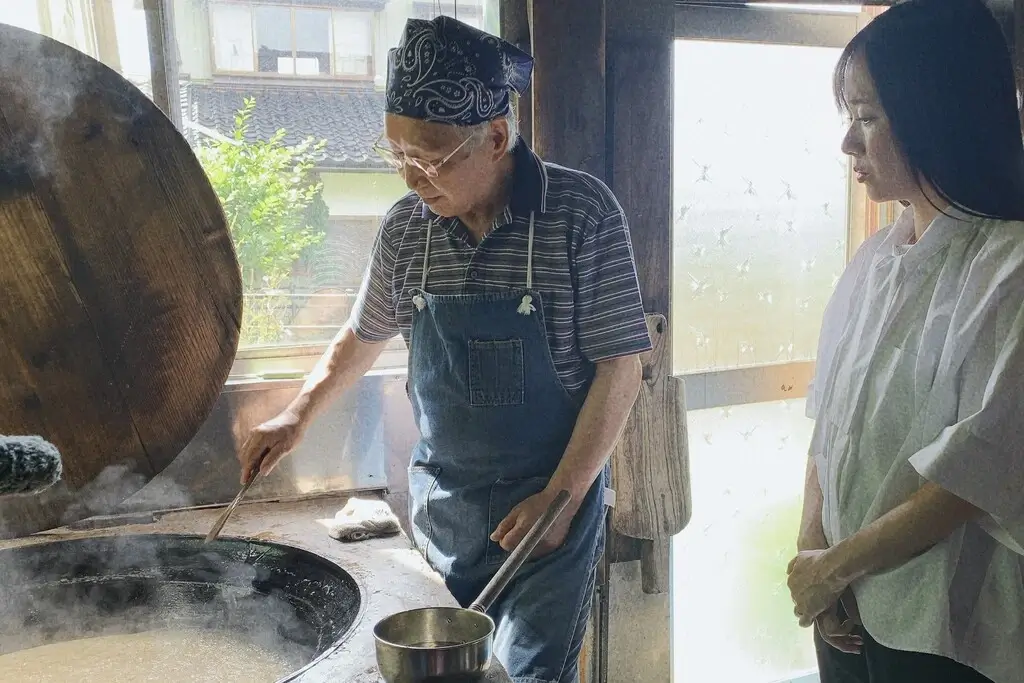
Yokoi Shoten’s commitment to tradition caught the attention of Sakuraco, a company specializing in Japanese snack boxes. When Sakuraco’s founder, Ayumi Chikamoto, visited the shop after the earthquake, she had the opportunity to witness Chiyokichi making the candy firsthand. This experience left a profound impression on her, highlighting their passion and dedication to preserving this ancient confectionery art.
Why is their artisanal rice candy important?
The significance of Yokoi Shoten extends beyond their artisanal rice candy. Their sweets are a living link to Japan’s culinary past, offering a taste of history that might otherwise be lost to time. As the region’s last shop, Yokoi Shoten plays a crucial role in maintaining an essential aspect of Noto’s cultural identity and traditional food heritage.
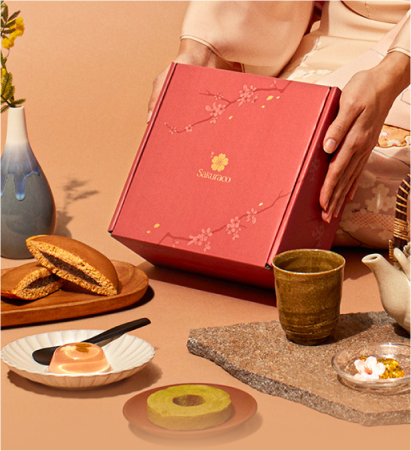
Discover authentic flavors with Sakuraco
Get Sakuraco 

Discover authentic flavors with Sakuraco
Get Sakuraco 
Related Articles
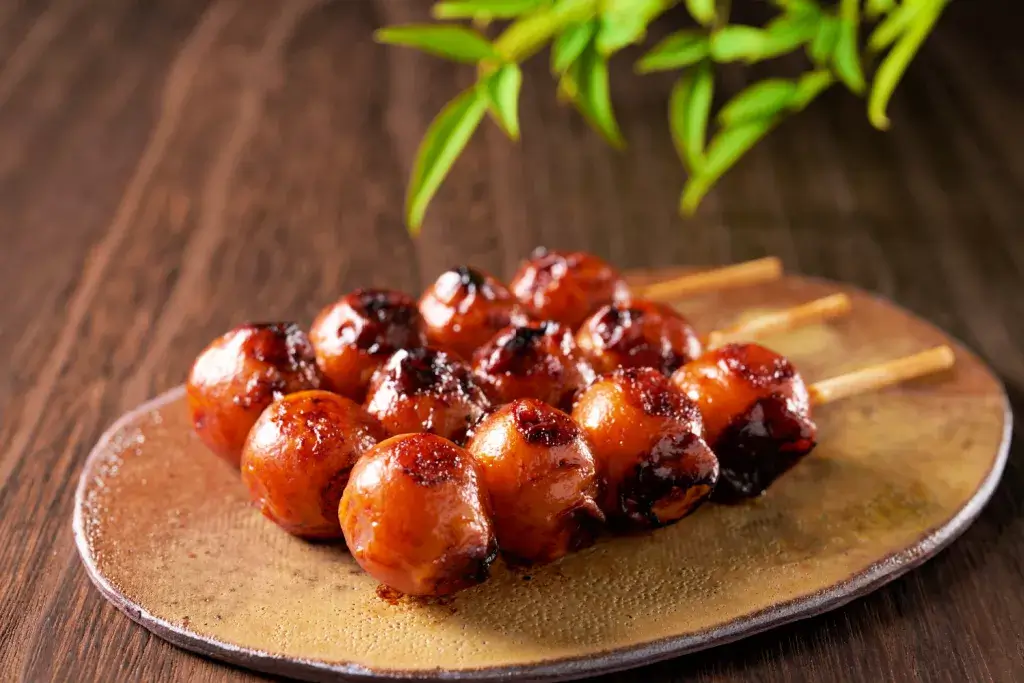
Mitarashi Dango: Japan’s Sweet and Savory Rice Treat
If you’ve ever visited Japan or seen photos of its food, you might have spotted little rice dumplings on a stick. These chewy treats are called mitarashi dango, and they’re one of Japan’s most beloved traditional sweets.

Wasanbon from Shikoku: Japan’s Most Delicate Sugar
Shikoku is the smallest of Japan’s four main islands, a peaceful region renowned for its scenic beauty and tranquil lifestyle. It’s also home to a special kind of sugar that perfectly reflects this relaxed way of life — wasanbon.

Akashiyaki: The Wonderful Octopus Delight from Hyogo!
Born in the coastal city of Akashi in Hyōgo Prefecture, this dish represents the perfect balance between simplicity and craftsmanship, offering an authentic taste of Kansai comfort.

Matcha Cafe Spotlight: The Ultimate Guide to Maccha House
The matcha cafe has revived the tea ceremony tradition in a more fun and relaxed setting, especially in urban areas. Today, we’ll take a look at one such establishment – Maccha House. Let’s find out how it, along with other matcha cafes, helps keep the country’s tea culture alive



